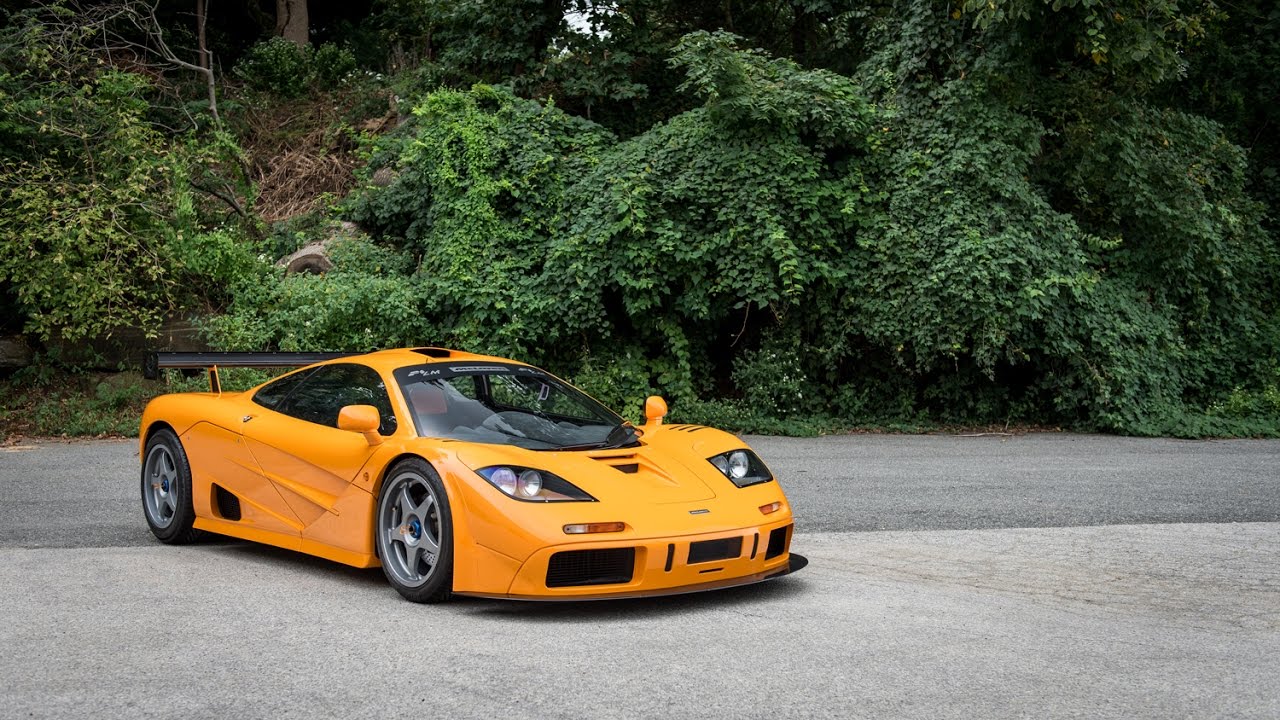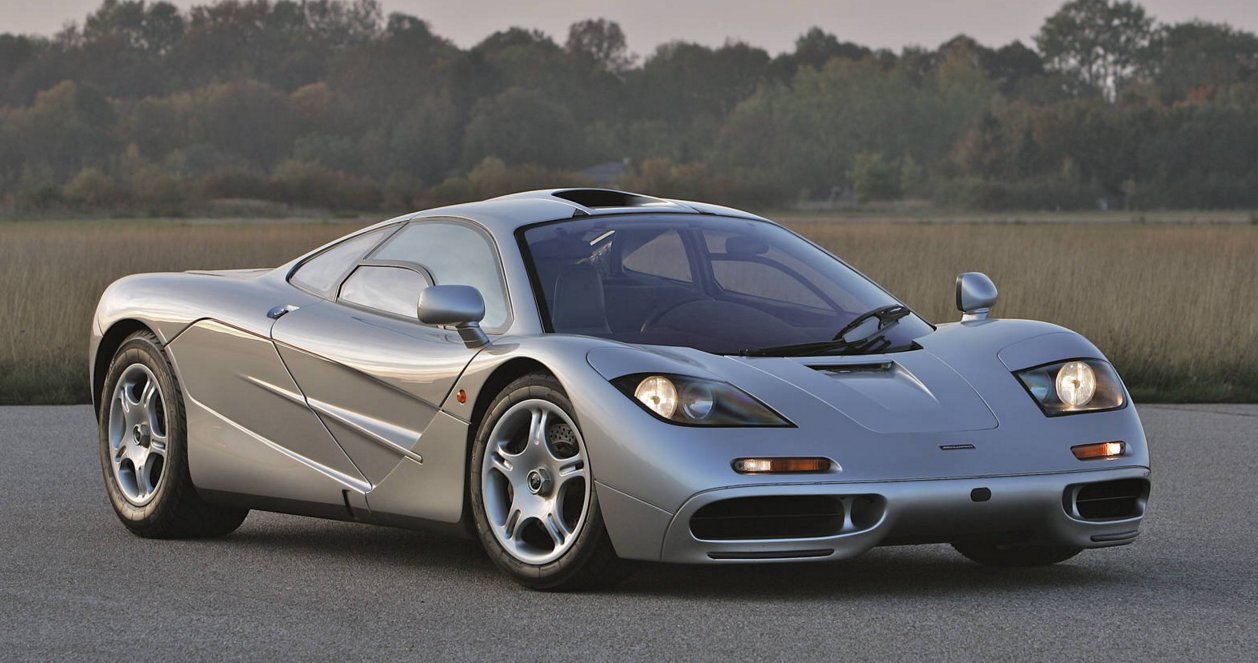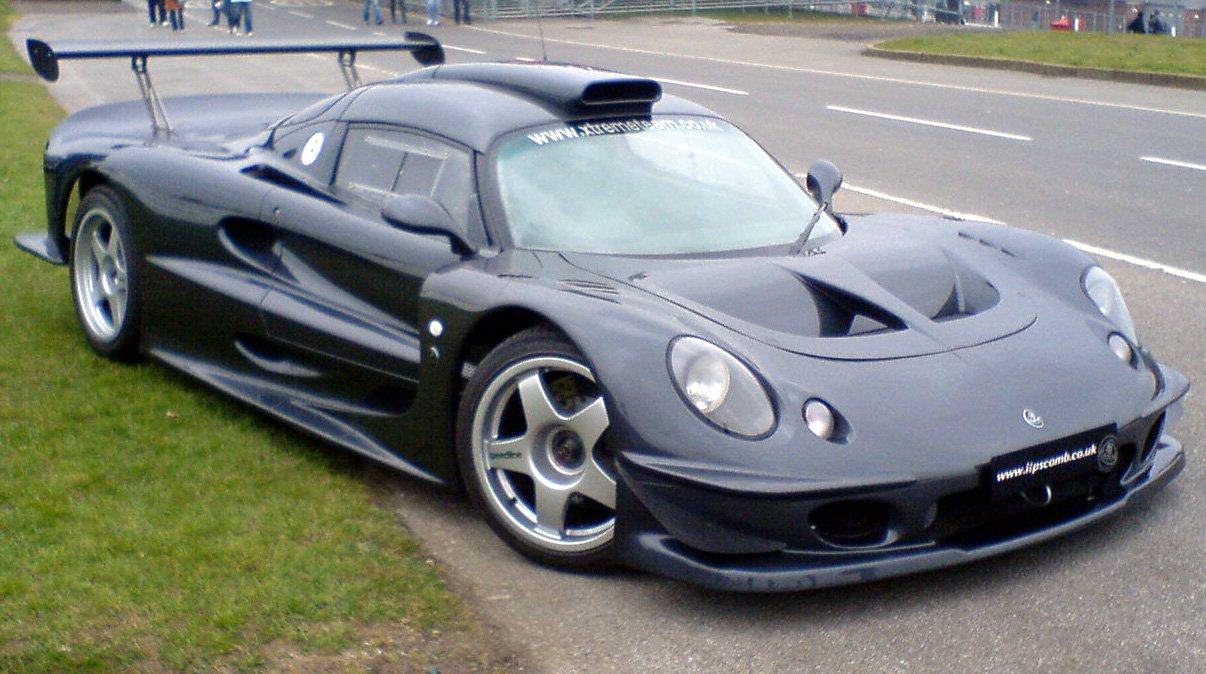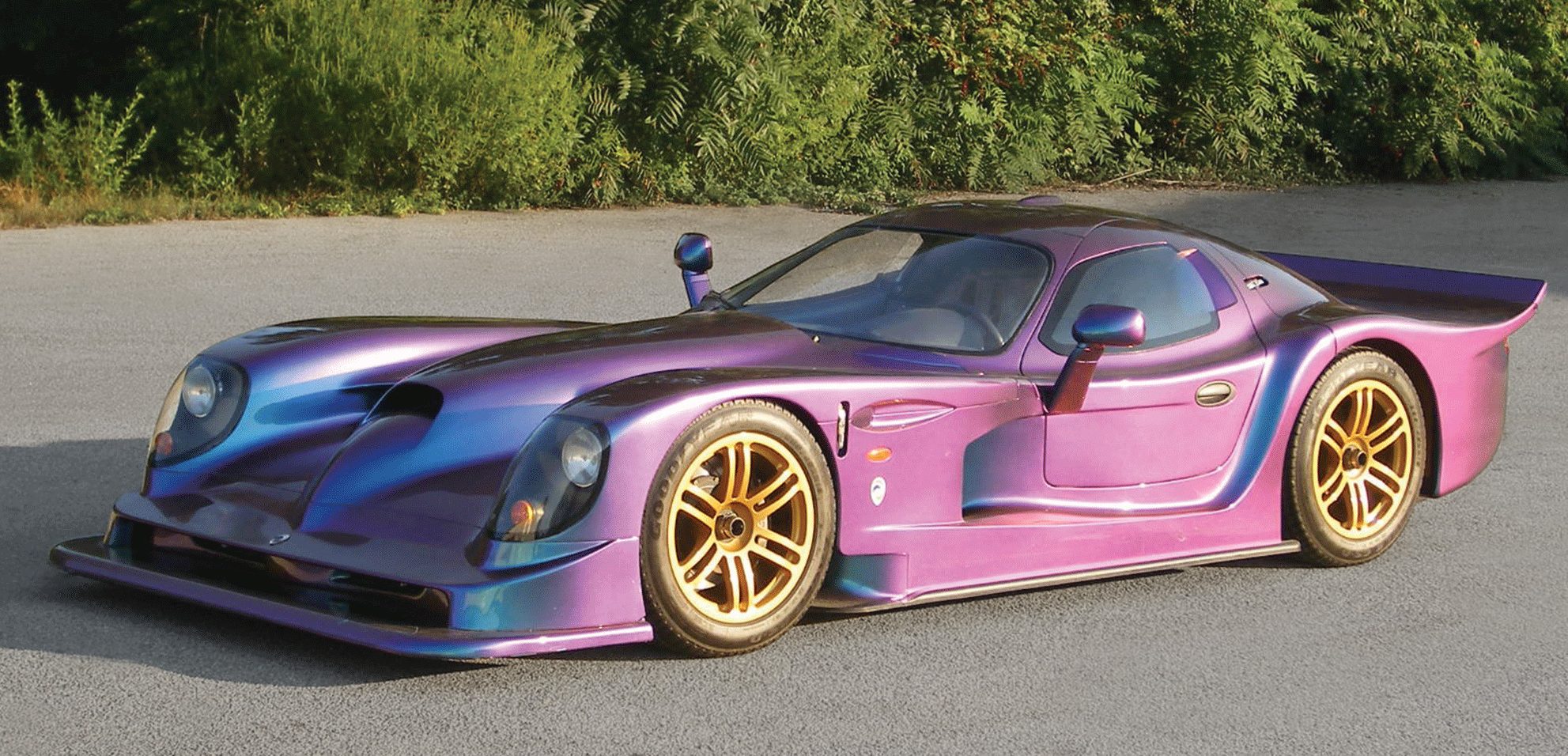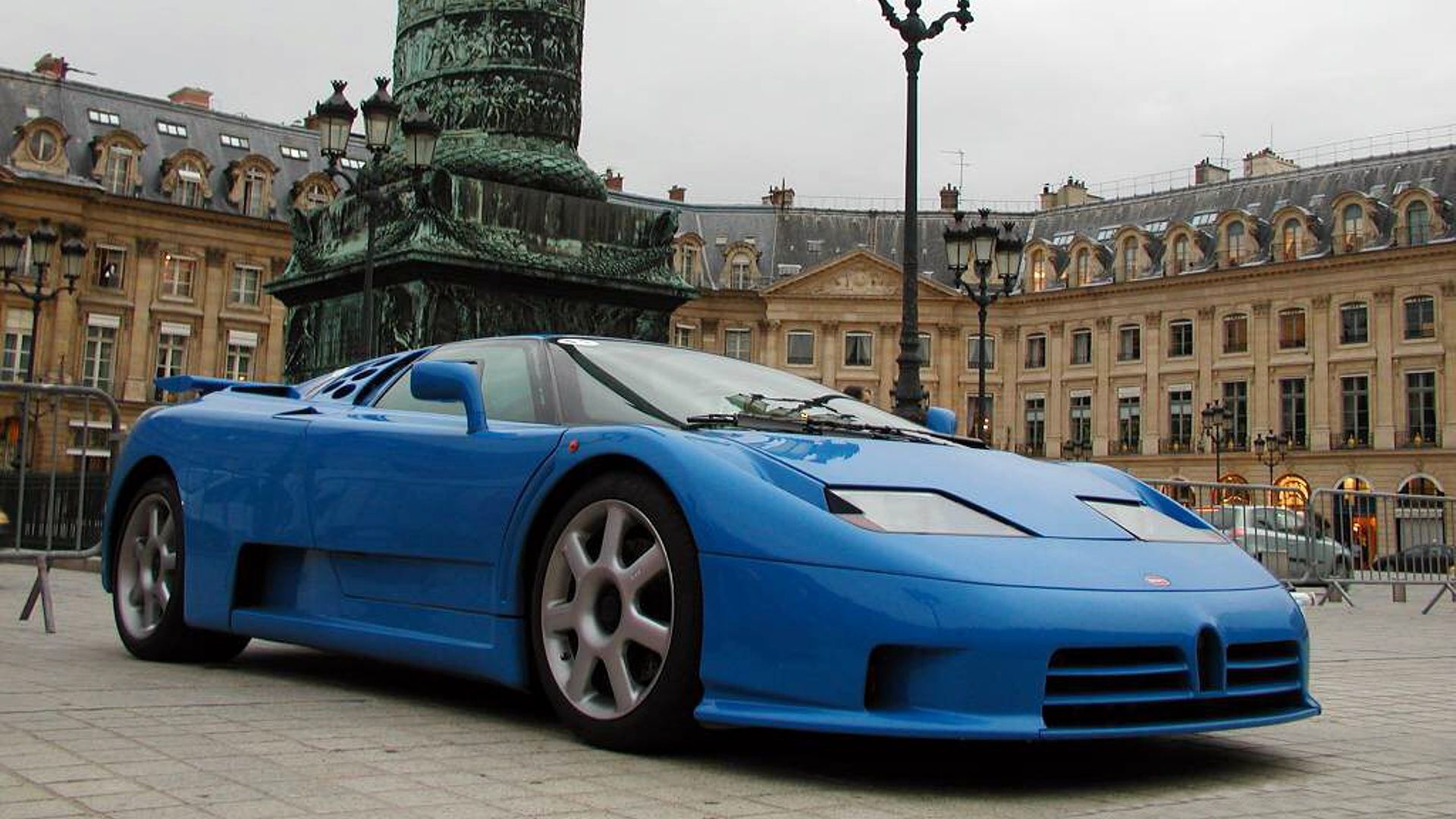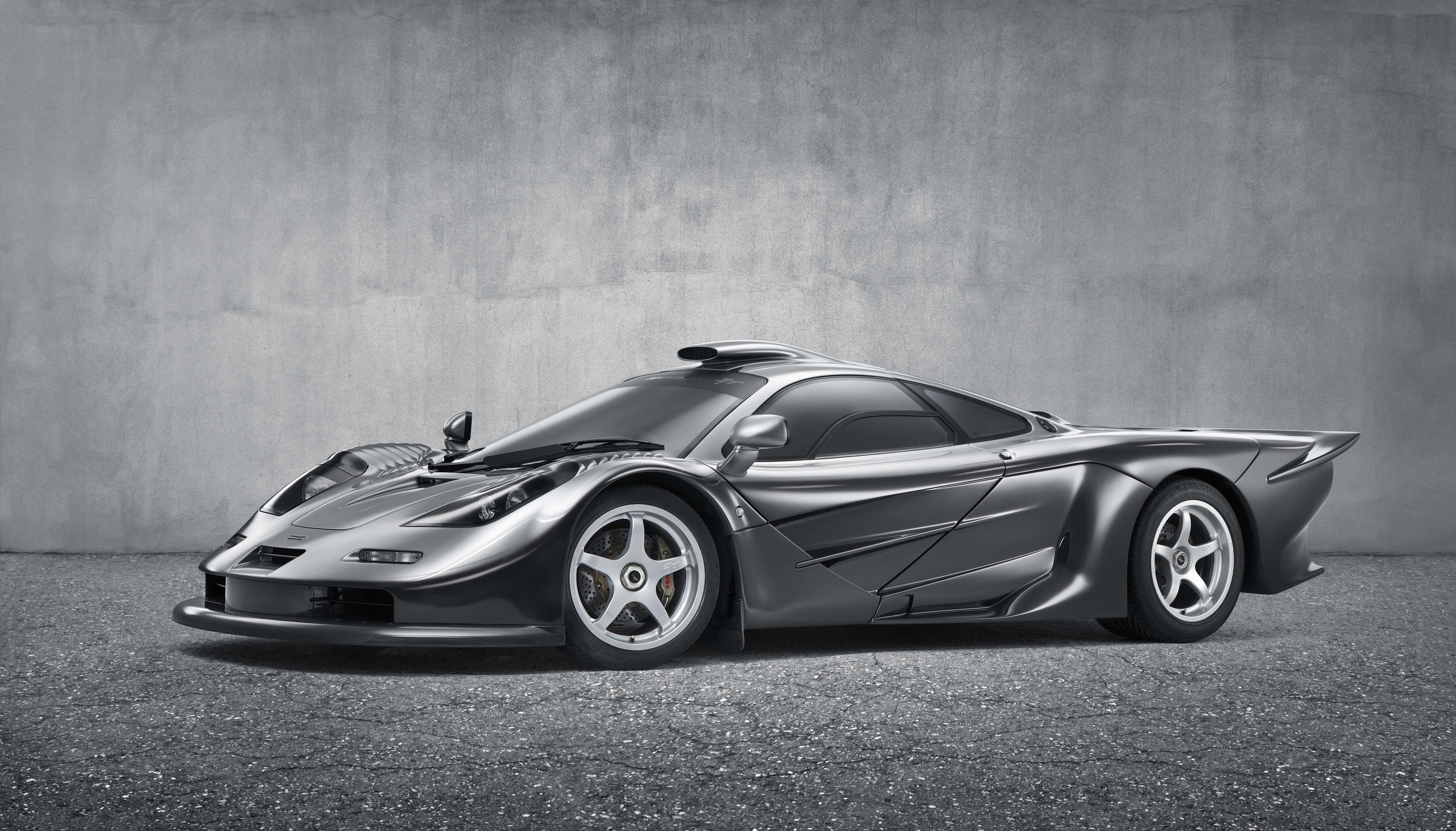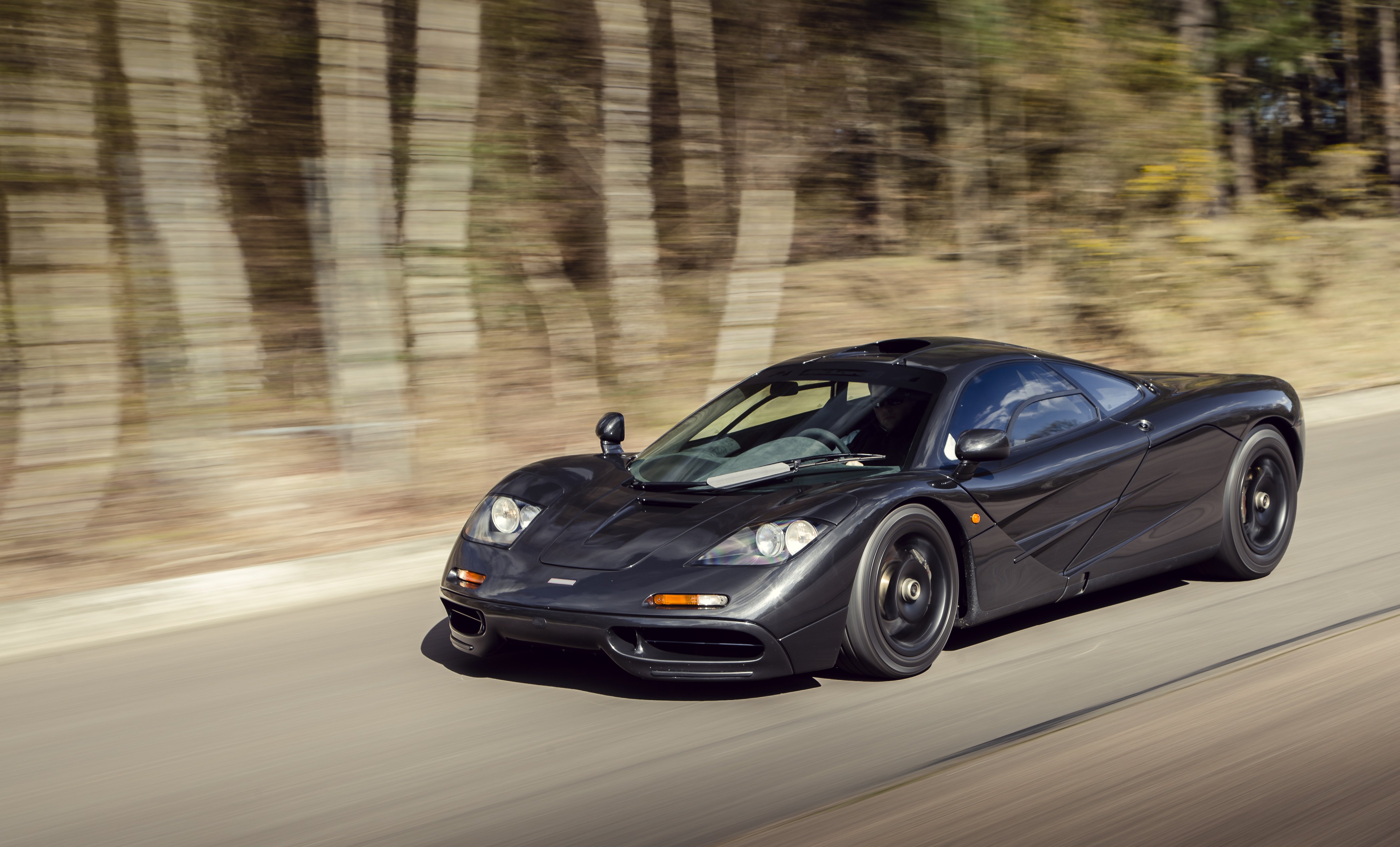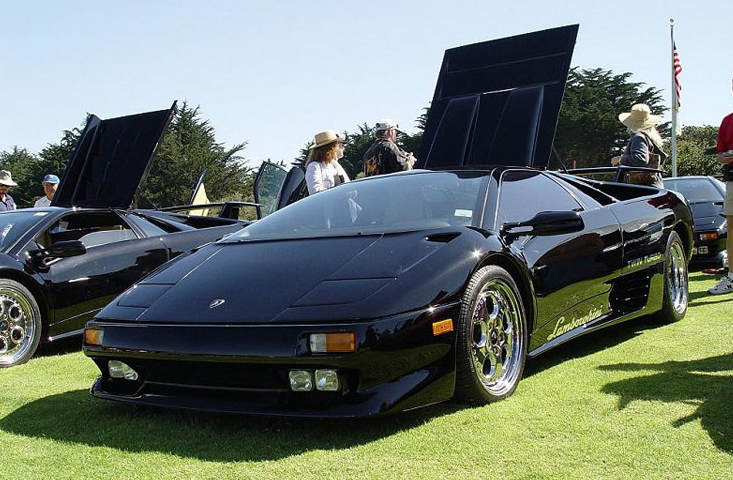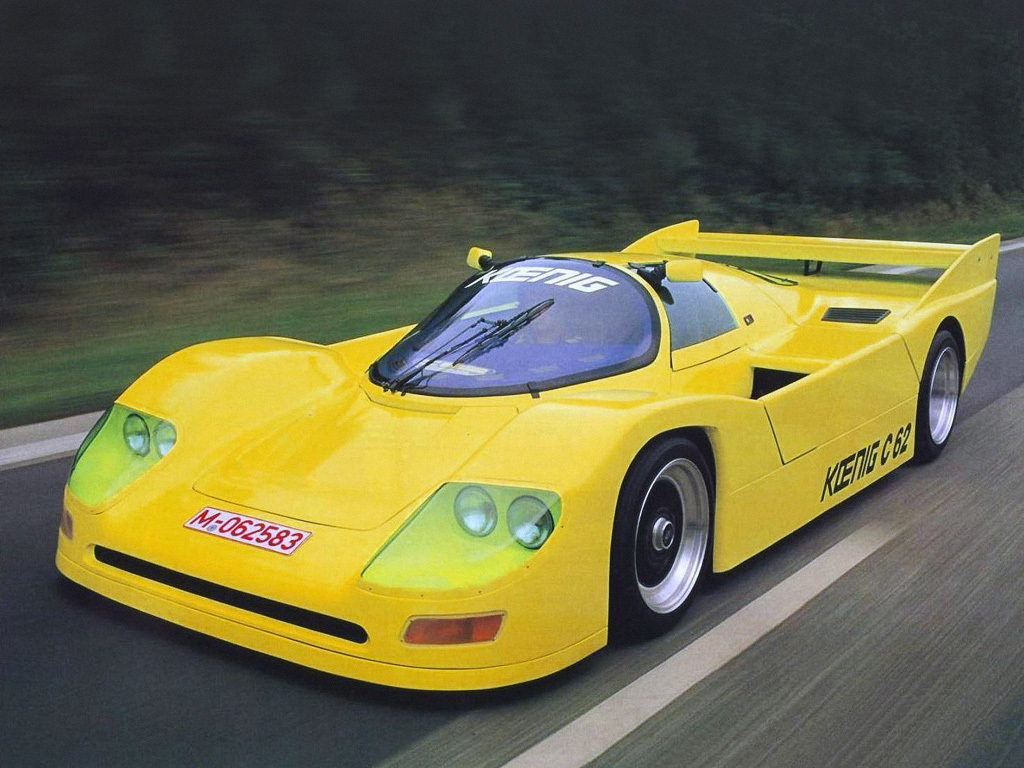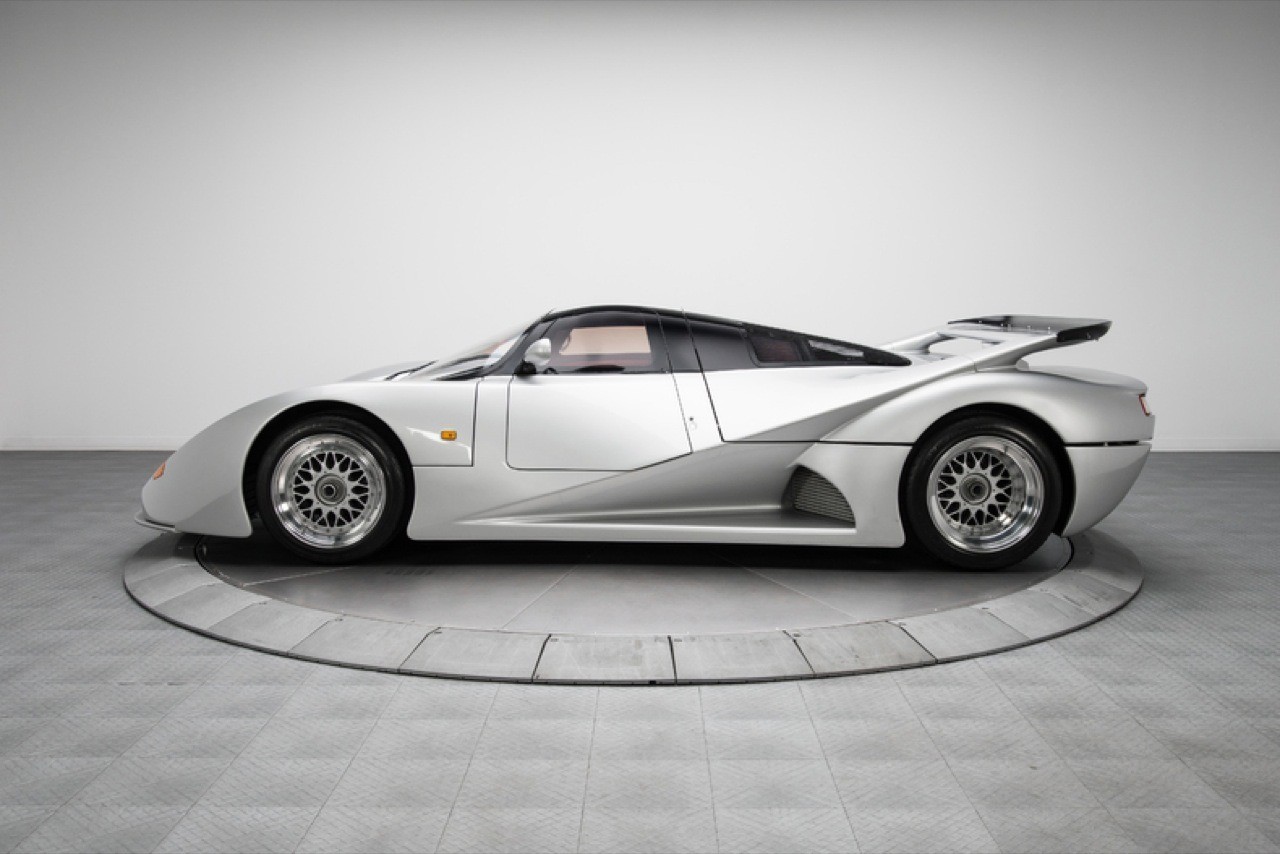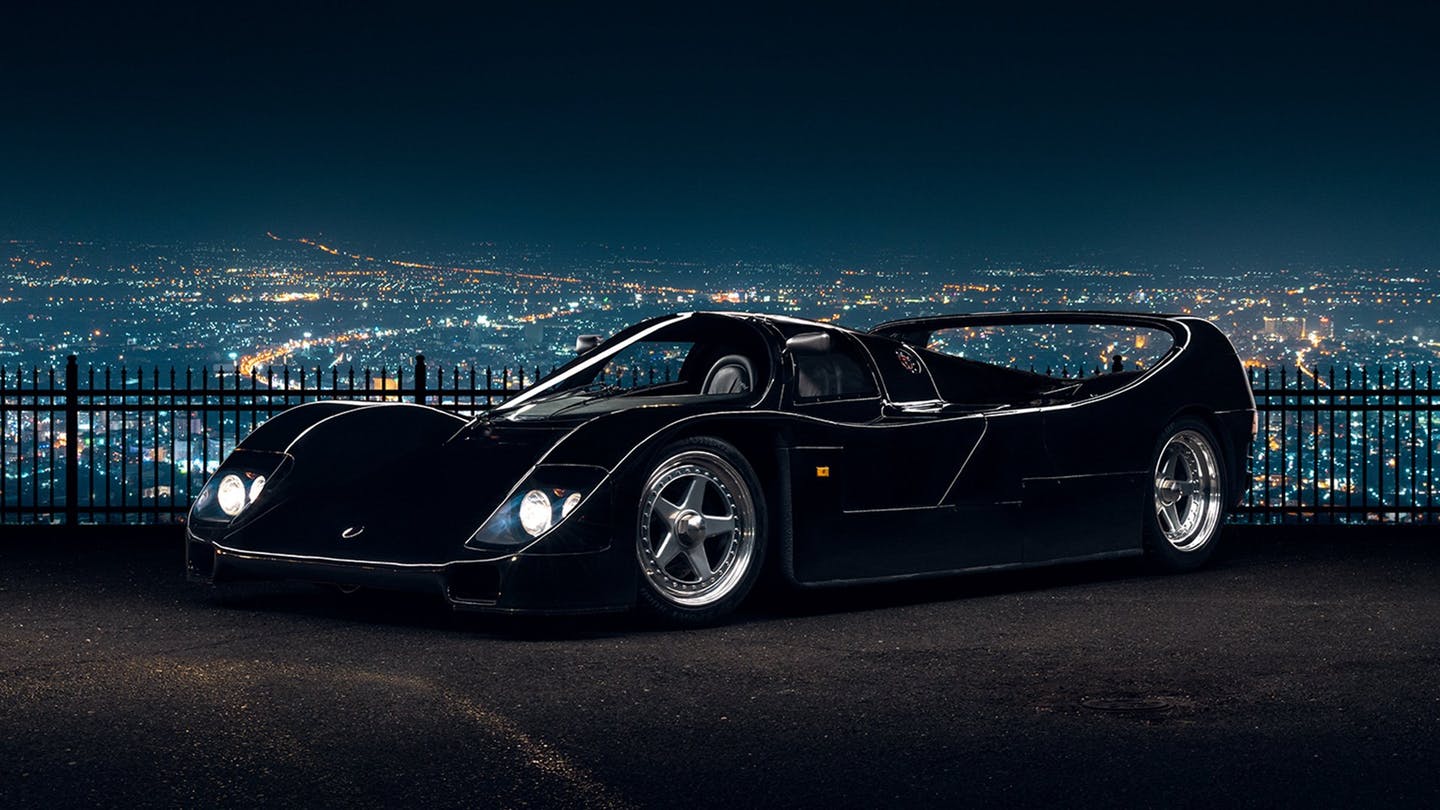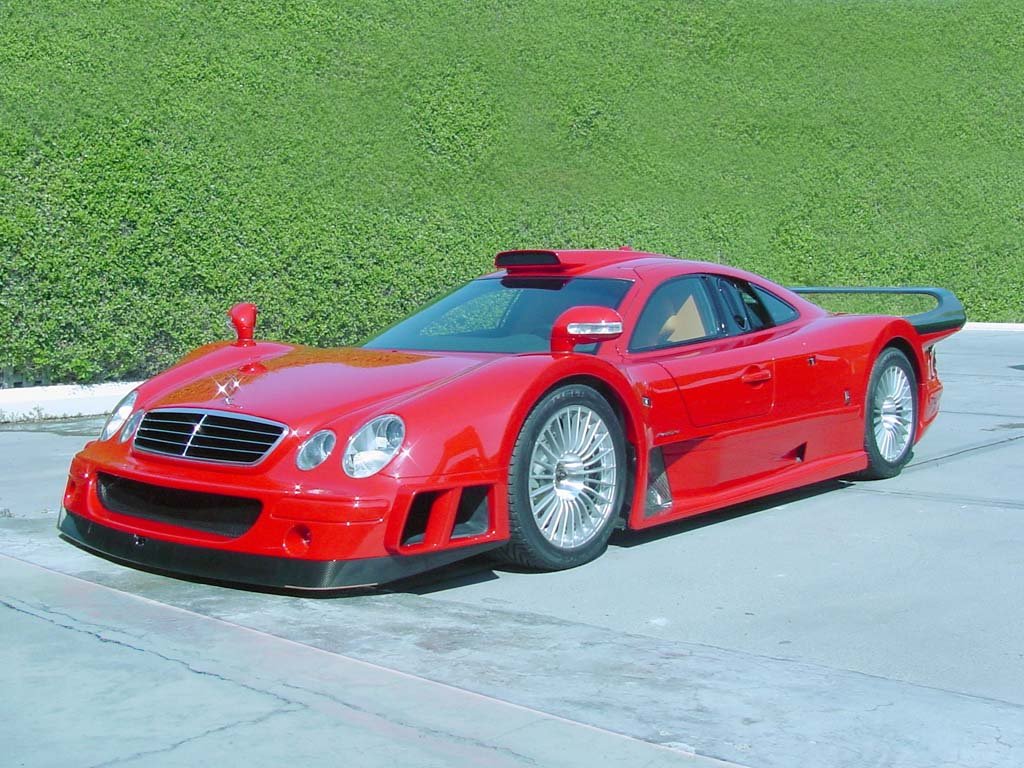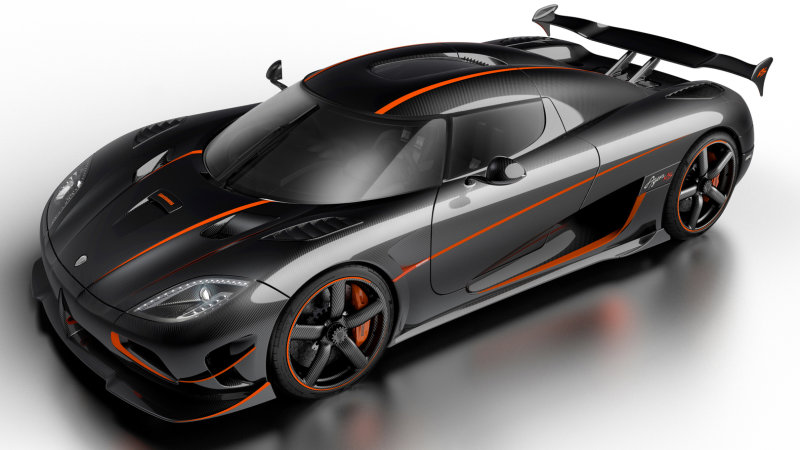Fastest 1990s Cars: 0-60 Time, Top Speed, Power & Torque
Fastest Cars of the 1990s
We spent a lot of time recently thinking about ’90s cars. From our best supercars of the 1990s to our best sports cars of the ’90s we basically went through every model of the decade to find the best of the best. Thankfully as a teenager during the ’90s I was immersed in the supercars and sports car scene.
For this post we decided to build out some data around 1990s cars. We went through every single automotive model in our database to find the fastest accelerating and top speed cars of the 1990s. The interactive chart below allows you to search for a specific model and to sort by variables like top speed and so on. The is some overlap between the fastest accelerating cars of the 1990s and the fastest top speed cars. We decided to split out the top 10 in each category because in our eyes they are very different things.
10 Fastest 0 – 60 mph Cars of the 1990s
The fastest accelerating cars of the 1990s have a lot in common. They are almost all supercars or homologation specials built to satisfy racing regulators. Manufacturers wanted to go racing so they built just enough production cars to be certified. In terms of outright performance, there were three cars that scoot from 0 to 60 mph in under 3 seconds.
Inside the top 20 fastest accelerating cars it is more of the same thing, made up of homologation specials that were rare, impractical and barely legal. Outside the top 20 we start to see some “normal” supercars of the era show their faces. The Bugatti EB 110 Super Sport, Jaguar XJ220 and Ferrari F50 all manage sub-3.7 second sprints from 0 to 60 mph.
Several exotic cars of the era also manage sub-4 second 0-60 mph times, with cars like the Porsche 911 GT2 (993) and several Lamborghini Diablo models making the top 30. Beyond that and there are plenty of cars that people won’t recognize (Cizeta Moroder V16T, Gillet Vertigo and Isdera Commendatore 112i), as well as many exotics of the era that do sound very familiar (TVR Tuscan, Dodge Viper GTS and Ferrari 360).
We have highlighted the top five accelerating cars below but if you want the full list scroll down to the full Table & Data.
1. Dauer 962 Le Mans Porsche
0-60 mph: 2.7 seconds
The 0-60 mph crown goes to the Dauer 962 Le Mans Porsche, which was essentially a road-going Porsche 962, the most successful prototype race car of the time. Porsche manufactured nearly 150 956/962s and sold many of the cars to private teams. During this period, Porsche manufactured and made available every component on the car. Of the companies that have produced a 962 road car, the most successful has been Dauer. 0-60 mph was over in 2.7 seconds and top speed was 253 mph, besting even the mighty McLaren F1.
2. McLaren F1 LM
0-60 mph: 2.9 seconds
McLaren took the parts from the F1 that won Le Mans and decided to build a production car as the ultimate version of the mighty McLaren F1. The parts from the race car included a ground-effects underbody, unique front bodywork, a rear diffuser and a carbon fiber rear wing engraved with the legend ‘GTR-24 Heures du Mans Winners 1995’. The LM was a monster. 0 – 60 mph was over in 2.9 seconds and it could go from standstill to 100 mph in less than five seconds. Top speed was 243 mph.
3. Lamborghini Diablo VTTT
0-60 mph: 3.1 seconds
The Lamborghini Diablo VTTT (the VTTT stood for viscous traction twin turbo) was a limited production (7 made altogether) made by Platinum Motors in California. The cars were equipped with twin Garrett T4 turbochargers with custom-built intercoolers, competition valves with race guides, cylinder heads with polished ports, and a reprogrammed electronic fuel injection system. With 750 hp, the 222 mph was a surprise to nobody. The 0-60 mph time was aided by the Diablos AWD system, able to somewhat deploy all that power in such as way as to rocket the VTTT from 0 – 60 mph in just 3.1 seconds.
4. McLaren F1
0-60 mph: 3.2 seconds
Everybody knows we are huge McLaren F1 fans here (we just named it the best McLaren ever). Its top speed of 240 mph puts much of even today’s supercar crowd to shame, and ergonomic features like the driver-centered, three-seat cockpit have rarely been seen since. Sure there are cars that are faster, but nobody did it the way the F1 did it. With a naturally aspirated 627 hp engine and 479.0 ft lbs of torque in such a small and light body, it was able to accelerate from zero to 60 mph in 3.2 seconds.
5. Lotec C1000
0-60 mph: 3.2 seconds
Originally conceived in 1994 with construction completed in 1995 by a United Arab Emirates Citizen who desired to own the fastest, individually owned car in the world! He contracted Mercedes which in turn also contacted Lotec for the body design. The letter C stands for the carbon fiber (race car), and the number 1000 stands for 1000 horsepower. Design and engineering cost over $1,000,000 and actual construction cost was over 1,200,000 total production cost was over $2,200,000. 0-60 mph in 3.2 seconds, 0-125 mph in 8.08 seconds, top speed 268 mph.
6. Toyota GT-One Road Version (TS020)
0-60 mph: 3.2 seconds
In accordance with the FIA rules of the day, the GT-One had also to be developed as a legal road car. In fact the differences between the race and road versions were small: in road-going mode, the rear wing was set lower and the suspension ride height was raised. A smaller fuel tank was fitted and the addition of catalytic converters ensured the vehicle complied with emissions regulations.
Toyota says the engineers at Toyota Motorsport GmbH created just two ‘production’ TS020 GT-Ones – one is on display in its museum, the other in Japan.
7. Lotus Elise GT1
0-60 mph: 3.2 seconds
Lotus wanted to go racing in Le Mans (stop me if you have heard this one before). Of course in the 1990s that meant at least one of the “racing” cars had to be road legal. Cue the Lotus GT1.
The Lotus Elise GT1 utilized a production aluminum chassis with custom carbon fiber body that was optimized for endurance racing. Out went the Elise’s inline-four, swapped for a monster twin-turbo 6.0-liter version of the C4 Corvette’s LT5 V8. Reliability proved to be a problem for all seven chassis that were built, with the best success being a fifth place at Helsinki.
8. Panoz Esperante GTR-1
0-60 mph: 3.2 seconds
Almost a race car in street-legal trim, the front engined GTR-1 was built to meet the 24 Hours of Le Mans homologation requirements. Power came from an aluminum block V8 engine pushing over 600 horsepower. It was definitely one of the most unusual cars of the era.
The GTR-1 debuted at the 1997 12 Hours of Sebring but failed to finish. It later failed to finish the Silverstone Circuit and again racked up DNFs at Le Mans, where all three of them were scratched due to mechanical failure. One was even destroyed when it caught fire.
9. Bugatti EB110 Super Sport
0-60 mph: 3.2 seconds
Initially revealed on the company’s founder, Ettore Bugatti’s 110th birthday in 1991, the EB110 came to be the last Italian-produced Bugatti before VAG took over the troubled automaker.
These days the Bugatti name stands purely for all-out speed and refinement, and though the EB110 was never a record breaker at the top end of the speed stakes, topping out at 216mph in the era of the McLaren F1, it was capable of reaching 62mph in just 3.2 seconds in 1992 Supersport trim – one of the fastest cars of its era over that dash.
That rapid acceleration was mostly thanks to the Bugatti’s 3.5-litre, quad-turbo V12, which transferred 604bhp to the road through all four wheels.
There’s something really appealing about all of the little design details on the EB110 which could be easily overlooked; from the cluster of circular air intakes just behind the doors, to the elegantly simple interior, all the way down to the gearshift layout positioned on the transmission tunnel, keeping the gear knob uncluttered.
10 Fastest Cars of the 1990s by Top Speed
It is no surprise that the fastest cars by top speed in the 1990s largely mirror the fastest accelerating cars of the same period. There are a few differences, but not many inside the top 10. Outside the top 10 there is some variation so we encourage you to play around with the table at the bottom of the post.
Again, homologation specials sit high on the list. Because taking a race car and turning it into production car was so much work and the volumes were so small, it did not make sense for manufacturers to worry about practicalities or worry about usability on the road. Often the top speed of these cars is literally on par with their racing car siblings. Most of the top 10 cars by top speed during the 1990s are likely to be able to go even faster if the tires of the era had been more advanced.
Outside the top 10, the “regular” production cars that weren’t special one-offs or limited edition specials include cars like the Lamborghini Diablo with its 217 mph top speed and the Ferrari F50 at 202 mph both make the top 20. It is also important to note that many of the “normal” cars were limited in their top speed by manufacturers, so don’t be surprised when you look at the full list and cars you expect to be there are missing.
Dauer 962 Le Mans Porsche
Top Speed: 253 mph
We talked about the Dauer 962 above so we won’t rehash those details. Instead we will tell you a cool story. At the 24 Le Mans hour race, Dauer showed up with both a road version and race version of the Porsches 962, a design which had already won Le Mans six times. After winning the race, the FIA declared it would be creating rules to make sure the 962 wouldn’t be back in 1995. However, with a Le Mans win under their belt, and with support from Porsche, Dauer continued to build their road-going 962. The road going version was basically the race car with enough changes to be road legal. Jeez, no wonder it can hit a cool 253 mph top speed.
McLaren F1 GT Longtail
Top Speed: 243 mph
F1 GTR Longtail was a rare race (only 10 made). A handful of GTRs were not only bought by private owners, but also extensively modified by McLaren to make them street-legal machines. The Longtail was originally created for the 1997 FIA GT Championship in response to new competition from Porsche and Mercedes. Its heavily modified bodywork was designed to promote more downforce than the previous F1 GTR, which was closer to the standard road car.
McLaren F1
Top Speed: 240 mph
What makes the McLaren F1’s top speed records so impressive is that it was never designed to do it. Technical director of McLaren Gordan Murray and stylist Peter Stevens realized that the car had to be small, use the lightest components available and have a large capacity, normally aspirated V12 engine. Little did they know, this design philosophy would break many speed records and win championships it wasn’t even originally intended for. After its release, the F1’s potential was immediately realized when it reached 0-100-0 in 11.4 seconds and a record top speed of 240.14mph in its XP5 pre-production trim.
Lamborghini Diablo VTTT
Top Speed: 239 mph
To take the regular Diablo from its 217 mph top speed to 239 mph wasn’t cheap. The cost of the conversion from Diablo to Diablo VTTT was about $500,000 (on top of the cost of a base Diablo). Twin blueprinted, water cooled, Garrett T4 turbos were installed with electronically controlled waste gates, custom built intercoolers, competition type valves with race-type guides and polished cylinder heads. A custom twin-plate clutch in Kevlar to cope with the extra torque, a new short ratio gearbox to improve acceleration, and reprogrammed electronic fuel injection system were used. Also the brakes were upgraded with cross drilled and ventilated disks using carbon fibre brake pads. About six crazy owners decided to go ahead with the conversion and ended up with one of the fastest cars of the 1990s.
Toyota GT-One Road Version (TS020)
Top Speed: 236 mph
Jimenez Novia
Top Speed: 236 mph
I hate to include concept cars on our list of fastest 90s cars, but this one was special. The Jimenez Novia W16 was a concept car in 1995. It was the work of Ramon Jimenez, a native French Vaucluse. Despite its somewhat exaggerated headlamps, their appearance and design reminiscent of Ferrari. Its interior had a modern, aerodynamic shape. Jimenez Novia had a W16 engine producing 560 horsepower and propelling the car to a top speed of 236 mph (according to the manufacturer).
Koenig C62
Top Speed: 235 mph
Like the Dauer 962 Le Mans Porsche, the Koenig C62 is basically a Porsche 962 racing car. Koenig’s C62 is a conversion based on original Porsche 962 chassis. To attain the necessary ground clearance and headlight position needed to make the car a road legal production car, an entirely new carbon fibre body was constructed. Koenig punched out the three liter version of the boxer engine to produce more low end torque. Other engine modifications included softer cams and a Bosch Mototronic system. The changes clearly worked because the car hit a top speed of 235 mph.
Lotec C1000 Mercedes-Benz
Top Speed: 232 mph
We don’t have much to add about the Lotec (see above for the major details). The performance numbers from this car were astounding for this one of a kind machine. While the shape looks slippery and aerodynamic the reality is that it probably wasn’t. The bulk of the heavy lifting when it comes to the C1000’s 232 mph top speed was the 5.6-liter Mercedes V8 that was force-fed by twin turbochargers, resulting in about 1000 HP and 723 lb-ft of torque.
Schuppan 962CR Porsche
Top Speed: 230 mph
You guessed it. Another 962 based supercar. The car weighed about 2,300 pounds and was powered by a water-cooled 3.3-litre Type-935 Flat-6 with twin turbochargers producing 600 hp. The engine was borrowed nearly directly from the standard Porsche 962 unit used in the North American IMSA GT Championship so no wonder it hit a top speed of 230 mph. Most sources say that six Schuppan 962CR cars were built.
Mercedes-Benz CLK LM Straßenversion (AMG)
Top Speed: 224 mph
Cars built to the FIA GT regulations were also eligible to compete in the 24 Hours of Le Mans. Homologation for GT1 required a minimum of 25 examples to be produced. Enter the competition amongst top manufacturers. Mercedes-Benz started fresh, building one of the most extreme cars of the 1990s. Built with a cutting-edge carbon fibre monocoque chassis, the suspension was by double wishbones and pull-rod actuated coil-springs over dampers on both ends. Mounted amidships was an AMG modified version of Mercedes’ six-litre V12 engine. Breathing through the mandatory intake-restrictors, it was still good for at least 600 bhp.



